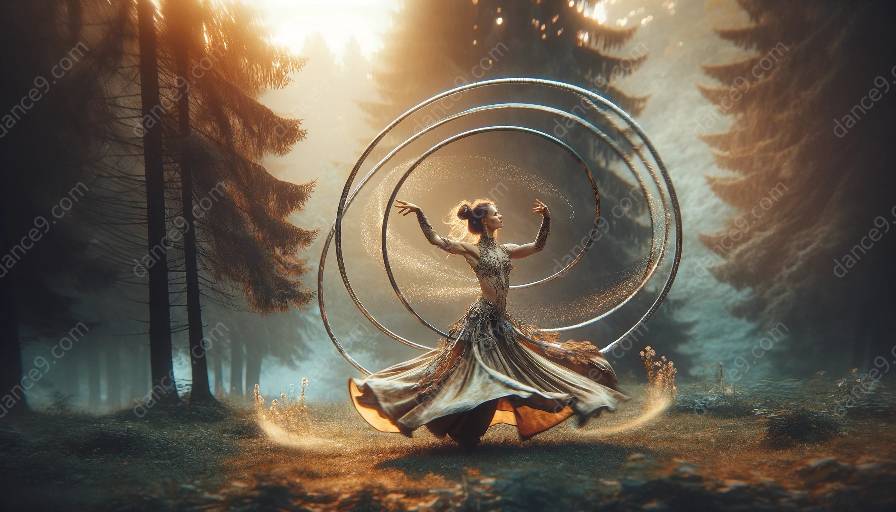The Influence of Hoop Dance on Other Dance Forms
When one thinks of dance, it's often associated with graceful movements, rhythm, and storytelling through the body. In recent years, the art of hoop dance has gained popularity, influencing and inspiring various traditional and contemporary dance forms. This article delves into the impact of hoop dance on other dance styles and its significance in enriching dance classes.
The History and Evolution of Hoop Dance
Hoop dance has a rich history, deeply rooted in Native American and Indigenous cultures. The circular motion of the hoop symbolizes unity, cycles of life, and storytelling. Traditionally, hoop dance was performed as a spiritual and healing ritual, often accompanied by chanting and drumming.
Over time, hoop dance has evolved into a contemporary art form, incorporating elements of modern dance, gymnastics, and improvisation. It has transcended cultural boundaries and is now celebrated worldwide for its mesmerizing and expressive qualities.
Incorporating Hoop Dance into Dance Classes
Hoop dance offers a unique and dynamic approach to movement and self-expression. By integrating hoop dance into traditional dance classes, instructors can introduce students to a new form of creativity and physicality. Incorporating hoop dance techniques can enhance flexibility, coordination, and spatial awareness, benefiting dancers of all levels.
Moreover, blending hoop dance with other dance forms such as ballet, contemporary, or hip-hop can result in a fusion of styles, leading to innovative choreography and performances. This integration encourages dancers to explore new ways of moving and fosters a deeper connection to music and rhythm.
The Influence of Hoop Dance on Other Dance Forms
1. Enhanced Fluidity and Flow: Hoop dance emphasizes fluid and continuous movements, inspiring dancers in other forms to incorporate seamless transitions and limb extensions into their routines.
2. Spatial Awareness and Prop Manipulation: Hoop dance requires dancers to be attentive to the space around them and manipulate a prop. This heightened spatial awareness can improve dancers' use of the performance space and props in other dance styles.
3. Embodiment of Rhythm: The rhythmic nature of hoop dance encourages dancers to internalize and embody the music, contributing to a deeper connection to rhythm in various dance forms.
4. Creative Expression: Hoop dance fosters individual creativity, encouraging dancers to explore and express their unique movement styles. This influence can inspire dancers in other forms to embrace more improvisation and personal expression in their performances.
Conclusion
Hoop dance has become a catalyst for innovation and inspiration in the dance world. Its influence on other dance forms extends beyond movement, enriching the artistic expression and physical capabilities of dancers globally. As the dance community continues to evolve, embracing the dynamic elements of hoop dance can further enhance the diversity and creativity within dance classes and performances.













































































